Consumer Awareness and Education
Consumer awareness and education regarding energy efficiency and renewable energy technologies are pivotal in the Digital Inverter Market. As individuals become more informed about the benefits of digital inverters, including their role in reducing energy costs and environmental impact, the market is likely to see increased adoption. Educational campaigns and resources provided by manufacturers and energy organizations are helping to demystify inverter technology, making it more accessible to the average consumer. This heightened awareness is expected to drive demand, as consumers seek to invest in energy-efficient solutions that align with their values. Thus, the Digital Inverter Market stands to gain from a more informed consumer base.
Growth in Renewable Energy Sector
The growth in the renewable energy sector is significantly influencing the Digital Inverter Market. As the world shifts towards sustainable energy sources, the demand for digital inverters, which are essential for converting and managing renewable energy, is increasing. The solar energy market, in particular, is witnessing rapid expansion, with projections indicating a compound annual growth rate of over 20% in the coming years. This growth is likely to drive the demand for digital inverters, as they are critical for optimizing the performance of solar energy systems. Consequently, the Digital Inverter Market is expected to benefit from the rising investments in renewable energy infrastructure.
Integration of Smart Technologies
The integration of smart technologies into the Digital Inverter Market is transforming how consumers interact with their energy systems. Smart inverters, equipped with advanced communication capabilities, allow users to monitor and control their energy consumption in real-time. This trend aligns with the growing Internet of Things (IoT) ecosystem, where interconnected devices enhance user experience and operational efficiency. Market data suggests that the smart inverter segment is projected to grow significantly, driven by the increasing adoption of smart homes and buildings. As consumers seek greater control over their energy usage, the demand for smart digital inverters is expected to rise, further propelling the Digital Inverter Market.
Rising Demand for Energy Efficiency
The Digital Inverter Market is experiencing a notable surge in demand for energy-efficient solutions. As consumers become increasingly aware of energy consumption and its environmental impact, the preference for digital inverters, which optimize power usage, is growing. Reports indicate that energy-efficient appliances can reduce electricity bills by up to 30%, making them attractive to both residential and commercial users. This trend is further supported by government initiatives promoting energy conservation, which are likely to drive the adoption of digital inverters. Consequently, manufacturers are focusing on developing advanced inverter technologies that enhance efficiency and performance, thereby positioning themselves favorably within the Digital Inverter Market.
Government Incentives and Regulations
Government incentives and regulations play a crucial role in shaping the Digital Inverter Market. Many governments are implementing policies that encourage the adoption of renewable energy sources, such as solar power, which often require the use of digital inverters for efficient energy conversion. Financial incentives, such as tax credits and rebates for energy-efficient appliances, are likely to stimulate market growth. Additionally, regulations mandating energy efficiency standards are pushing manufacturers to innovate and improve their products. As a result, the Digital Inverter Market is poised for expansion, driven by supportive governmental frameworks that promote sustainable energy solutions.


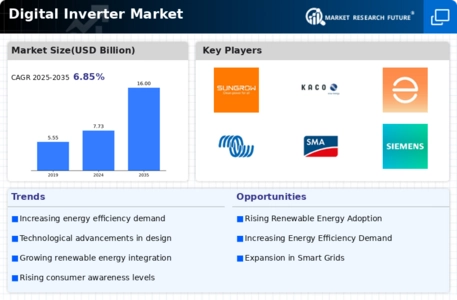
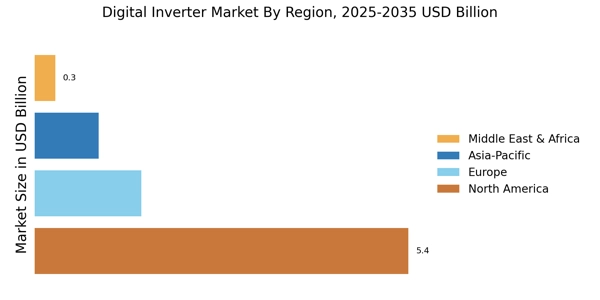
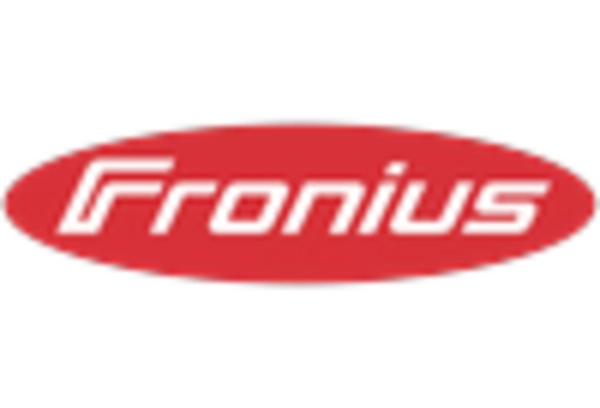

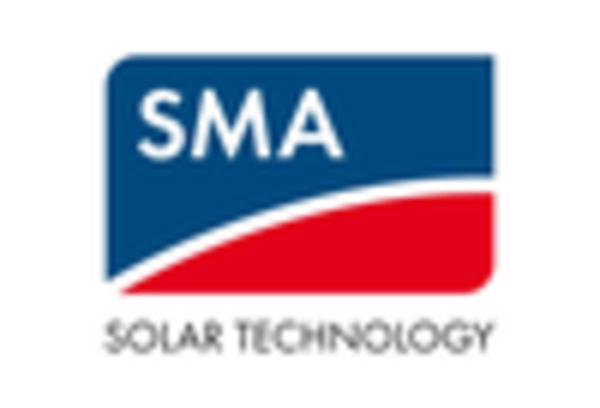
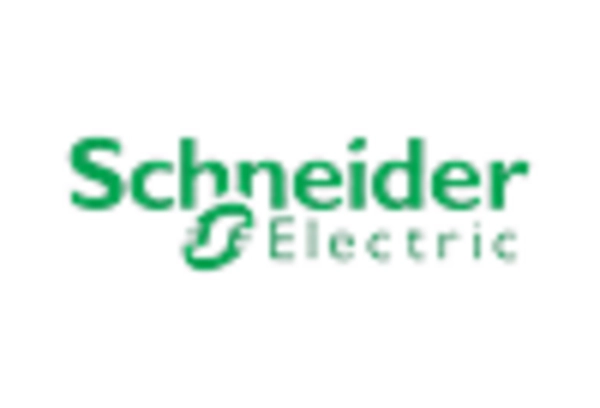
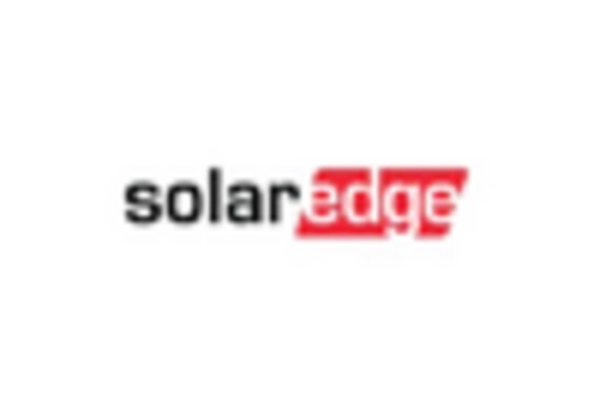
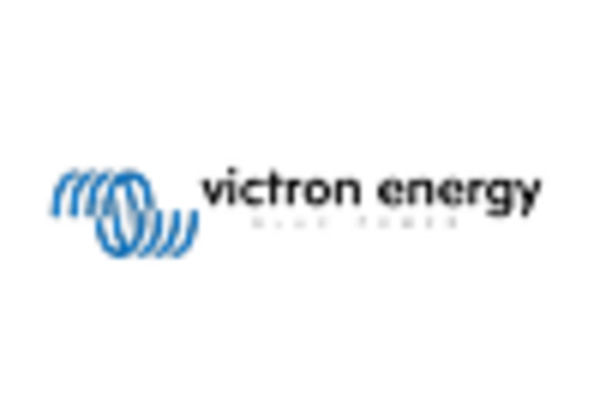








Leave a Comment